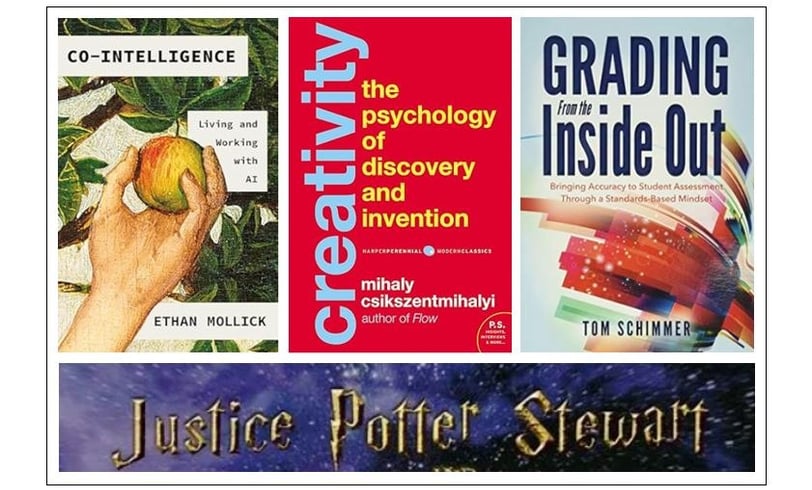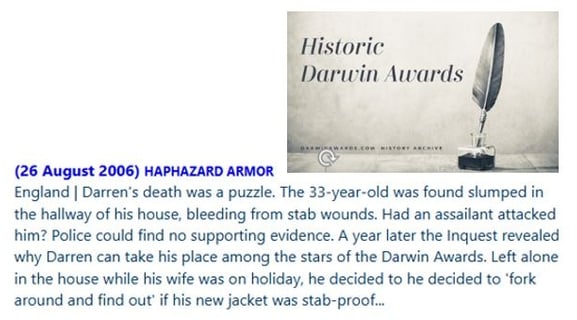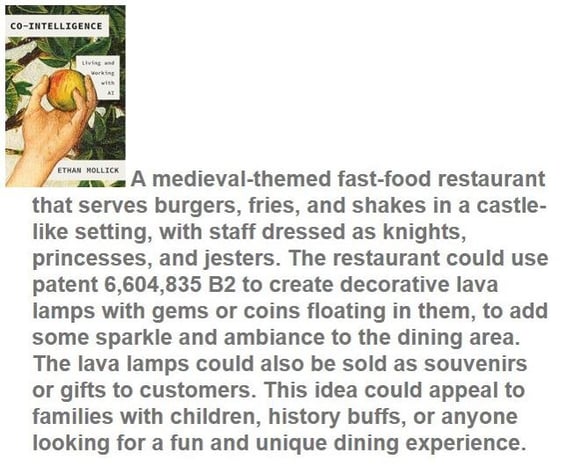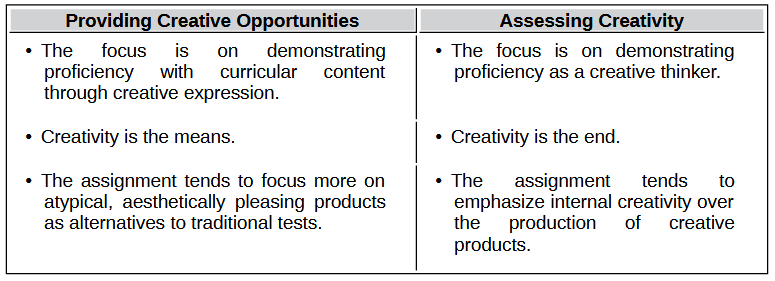CREATIVE LEARNING EXPERIENCES THAT CHANGE BEHAVIOR
When Creativity, AI, Learner Assessments & Porn Cross Paths
Creativity is something you (&AI) do – meaning it can be cultivated & assessed
Lesley S
5/26/20254 min read


I recently read Co-Intelligence, Creativity & Grading from the Inside Out. The one on grading discusses the 4 Cs that are needed to be a successful modern human:
critical thinking
communication
collaboration
creativity
Creativity?
But how do you assess it? Or even define it?
"I shall not today attempt further to define the kinds of material I understand to be embraced within that shorthand description "hard-core pornography," and perhaps I could never succeed in intelligibly doing so. But I know it when I see it, and the motion picture involved in this case is not that." US Supreme Court Justice Potter Stewart in Jacobellis v. Ohio (1964)
Creativity is similar: we know it when we see it. But why do we need it? Psychologist Mihaly Csikszentmihalyi, the “flow state” guy, interviewed over 90 creative people from different fields. He asked what they enjoyed most about their favorite activity, be it playing chess, climbing mountains, reading – or whatever. The most frequent answer was: designing or discovering something new.
"Suppose that you want to build an organism, an artificial life form, that will have the best chance of surviving in a complex and unpredictable environment, such as that on Earth. You want to build into this organism some mechanism that will prepare it to confront as many of the sudden dangers and to take advantage of as many of the opportunities that arise as possible. How would you go about doing this? Certainly you would want to design an organism that is basically conservative, one that learns the best solutions from the past and keeps repeating them, trying to save energy, to be cautious and go with the tried-and-true patterns of behavior. But the best solution would also include a relay system in a few organisms that would give a positive reinforcement every time they discovered something new or came up with a novel idea or behavior, whether or not it was immediately useful." - Mihaly Csikszentmihalyi, Creativity (Harper Collins, 1996)
Okay, now we’re getting somewhere with creativity. Somewhere more useful than the usual “oh, we humans are just hardwired to love to learn.” We’re hardwired for any number of things, many of which probably need to die. Like most recipients of the Darwin Awards.


But I digress.
"It is especially important to make sure that the organism was not rewarded only for useful discoveries, otherwise it would be severely handicapped in meeting the future," continues Csikszentmihalyi. "For no earthly builder could anticipate the kind of situations the species of new organisms might encounter tomorrow, next year, or in the next decade. So the best program is one that makes the organism feel good whenever something new is discovered, regardless of its present usefulness. And this is what seems to have happened with our race through evolution."
So yes, when it comes to survival, creativity definitely trumps stupidity.
But some of AI’s stupidity is, I think, one of its biggest strengths. Like when it hallucinates facts, such as the legal brief it created that contained six fake cases. Prompting the judge to slap the lawyer in question with a $5,000 fine. A big fine plus managing to really embarrass a lawyer? Talk about justice...of the juicy karmic kind.
Well played, AI.
But along with being karma’s messenger, where AI also shines is in combining disparate ideas in new and interesting ways.
For example, when Dr. Ethan Mollick, an Associate Professor at the Wharton School of the University of Pennsylvania, asked AI to come up with business ideas that incorporating fast food, a lava lamp with bits of crystal (patent 6,604,835 B2) and 1300s England, here’s what it suggested:


And the best part? It suggested calling the eatery Lava Lampshire. (I almost died laughing.)
This sort of response does exhibit a level of creativity. In fact, by many of the common psychological tests of creativity, AI is already more creative than humans. Ethan Mollick, Co-Intelligence (Portfolio / Penguin, 2024)
How reassuring.
"LLMs are connection machines," adds Mollick. "They are trained by generating relationships between tokens that may seem unrelated to humans but represent some deeper meaning. Add in the randomness that comes with AI output, and you have a powerful tool for innovation. The AI seeks to generate the next word in a sequence by finding the next likely token, no matter how weird the previous words were. So it should be no surprise that the AI can come up with novel concepts with ease."
However, AI isn’t human.
Not quite yet.
So we’d really better get a jump on regularly exercising those creativity muscles. In Grading from the Inside Out (Solution Tree Press; 2016), Tom Schimmer notes that learners who think creatively frequently demonstrate these behaviors:
Creatives ask questions that can seem off-topic or silly, even.
Creatives enjoy assignments that are open-ended.
Creatives prefer to discuss ideas more than facts
And since these are behaviors, Schimmer notes that they can be taught & practiced (ie. provide learners with creative opportunities), and then assessed:


To assess creativity, Schimmer suggests using two scales:
Creativity demonstrated: [4] uniquely creative, [3] creative, [2] generic, or [1] imitation.
How frequently does the learner demonstrate the habit of creative thinking: always, mostly, rarely, never.
The tl;dr: "Establishing the specific characteristics along the levels of frequency is the first step to establishing an environment that nurtures the attributes of creative thinkers," says Schimmer, "as well as a process for assessing and reporting the development of these habits."